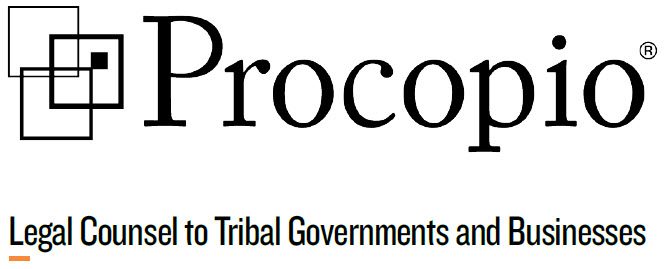
By: Gabriela Rios | Associate | gabriela.rios@procopio.com
Theodore J. Griswold | Partner | ted.griswold@procopio.com
The U.S. Environmental Protection Agency and the California State Water Resources Control Board acknowledged for the first time in 2017 that cultural uses of waterways should be protected. The result was the creation of three new beneficial uses of water in the state: Tribal Tradition and Cultural Use (CUL), Tribal Subsistence Fishing Use (T-SUB), and Subsistence Fishing Use (SUB). (For more information on the three beneficial uses, see our previous blog article: Protecting Tribal Uses: Cultural Activities and Subsistence Fishing to Become Beneficial Water Uses.)
Creating these new beneficial uses did not guarantee protection, or even the implementation of these beneficial uses throughout the state. In order to actually protect state waterways that are used for tribal cultural uses and tribal subsistence fishing, the various Regional Water Quality Control Boards need to first amend their basin plans to 1) include the new beneficial uses, and 2) to designate specific waterways within the basin with the beneficial uses. The opportunity is now for the tribes to voice their concerns to ensure that these actions are taken.
The basin plan amendment process is currently underway in four regions: Region 1 (North Coast Region), Region 2 (San Francisco Bay Region), Region 6 (Lahontan Region) and Region 9 (San Diego Region). It is important to note that if these uses are not included in the current basin plan updates, the CUL, SUB and T-SUB uses may not be of any use in protecting tribal cultural resources in these regions for another three, or perhaps six years.
Region 1 has an existing beneficial use based on tribal cultural use, and will be updating its basin plan to include the new beneficial uses and designates uses based on the new beneficial use definitions. Regions 2 and 6 are preliminarily including on their list for the amendment to their final basin plan the incorporation of the three new beneficial uses. However, support is needed to endorse the importance of this inclusion because if they are not seen as a priority, they may not be included in the basin plan amendment. The State Board and Regional Boards indicate that they will react to significant public concern in deciding whether such inclusion is a priority.
Region 9 (San Diego) is more problematic. It has not yet included the adoption of the CUL, SUB or T-SUB uses in its draft prioritized list for the basin plan. Region 9’s written public comment period for which the Board must provide written responses recently ended; however, public comments may still be made by interested tribes. Region 9 will be hosting a public hearing on October 10, 2018, to consider adoption of the prioritized list for the 2018 Triennial Review. Tribes in the San Diego Region (which includes portions of Riverside County) should immediately consider writing to the San Diego Regional Water Quality Control Board in advance of the hearing and attending the hearing to voice the importance of including one or all of the new beneficial uses into the basin plan for the San Diego Region. You can learn more at the San Diego Region Water Quality Control Board (SDRWQCB) Basin Plan web page.
Finally, all tribes should encourage their respective Regional Boards to immediately begin consultations with tribes in their region regarding the location of waterways deserving the CUL, SUB and T-SUB designations and methods to meet the objectives for these protections. We are happy to assist tribes with these efforts.
 Gabriela is an associate with Procopio’s Native American Law practice proup and citizen of the Cahuilla Band of Indians. She graduated from the James E. Rogers College of Law at the University of Arizona in 2015 and is a member of the State Bar of California.
Gabriela is an associate with Procopio’s Native American Law practice proup and citizen of the Cahuilla Band of Indians. She graduated from the James E. Rogers College of Law at the University of Arizona in 2015 and is a member of the State Bar of California.
 Ted is head of Procopio’s Native American Law practice group and primary editor for the Blogging Circle. Connect with Ted at ted.griswold@procopio.com and 619.515.3277.
Ted is head of Procopio’s Native American Law practice group and primary editor for the Blogging Circle. Connect with Ted at ted.griswold@procopio.com and 619.515.3277.


